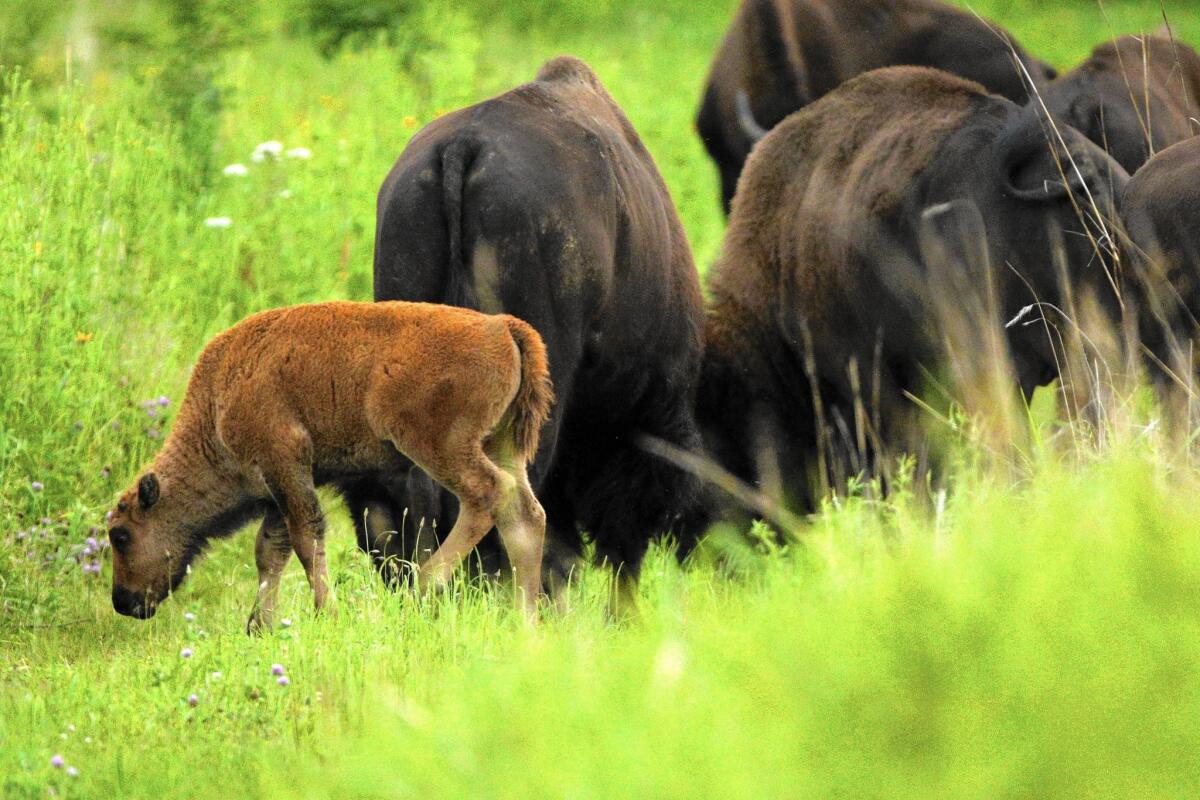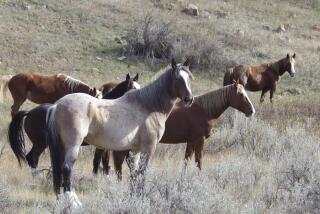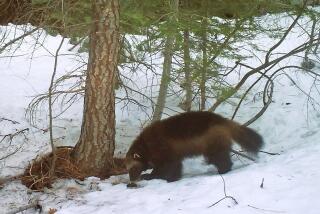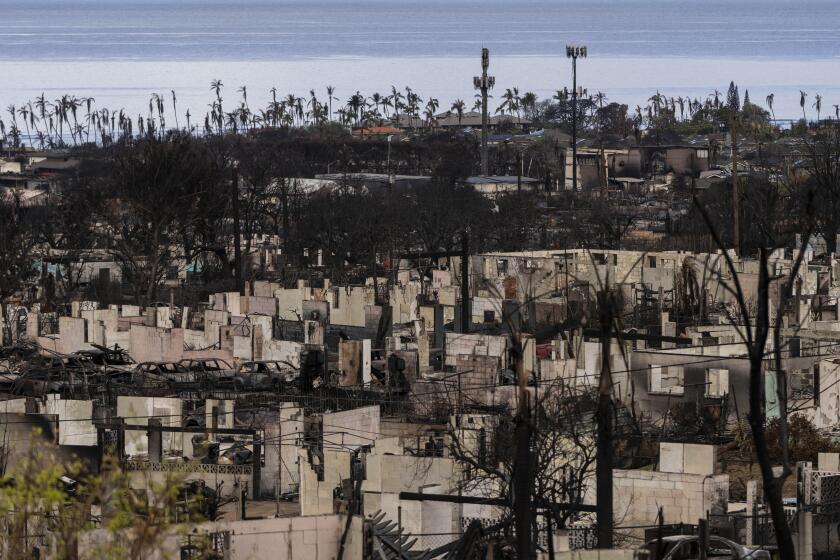Native bison roam again on restored prairie west of Chicago

Since wild bison were reintroduced to an Illinois prairie after being absent from the region for nearly two centuries, the animals have been multiplying a bit like another more prevalent prairie mammal: rabbits.
About 15 bison calves were born this spring and summer at Nachusa Grasslands, a prairie restoration project about 95 miles west of Chicago that is fostering the relationship between two fledgling entities — Illinois’ prairies and the iconic animals that help sustain them.
“They’re doing well,” Nachusa Project Director Bill Kleiman said of the herd of about 45. “They look just like they belong, which they do.”
The exact number of calves has been hard to pin down because bison, well, roam. But at least two calves were born in late August. The young bison are a promising outgrowth of the bison’s return to the area east of the Mississippi River. And there are other encouraging signs.
Researchers have found, for example, that smaller mammals, including mice and voles, are building nests of bison hair, said Nachusa restoration ecologist Cody Considine. He’s also noticed swallows hovering over the herd, feeding on insects attracted to the bison.
These developments suggest healthier, growing animal and insect populations, which are expected to attract a wider array of species to Nachusa. Species diversity is a key reason the bison were brought to the 3,500-acre grasslands owned by the Nature Conservancy near the town of Franklin Grove.
Apart from ecosystem benefits, the bison charm and inspire people, said the conservancy’s Illinois director, Michelle Carr.
The conservancy had been promoting the return of bison to Nachusa for years, which created “pent-up, emotional support,” Carr added. Since the animals’ arrival, the number of donations has increased 50%, she said, enough to fund almost all of the $1.3-million effort to bring the animals to Nachusa and prepare the prairie for them.
The conservancy began acquiring land in the area in 1986 with the goal of creating a vast prairie in a state that had lost nearly all of that native landscape. The national organization has a team of volunteers and staff at Nachusa who have conducted more than 105 prairie restorations there and gathered thousands of pounds of seeds to plant more native species.
Those seeds will have a better chance of thriving in the presence of bison. Researchers have noticed that the animals, as expected, are eating almost exclusively nonnative grasses, which allows native plants to take over the landscape.
Bison disappeared from Illinois and much of the land east of the Mississippi in the 1830s, victims of hunting and mass slaughter that nearly wiped out the population throughout the U.S.
Conservation efforts that began in the 1900s brought the numbers back — current estimates hover around 450,000 — and a few populations sprouted in Illinois and elsewhere in the region before the Nachusa herd arrived by truck last October from Broken Kettle Grasslands near Sioux City, Iowa.
But the newcomers possess several traits that distinguish them from bison already in the region.
The Nachusa bison have not been interbred with other species, namely cattle, and are genetically diverse within the bison species. They are direct descendants of the original herd saved from extinction, and touched by human hands only once a year for about a minute during a veterinary checkup.
The bison are viewed by human eyes more often. Although Nachusa doesn’t track precise figures, Considine said the number of visitors to Nachusa has climbed “tenfold” since the bison arrived. After the first calf was born in April, “people have been going crazy about” them, he said.
Motorists stop him three or four times a day to ask where the bison are, he said, but it’s a tough question to answer. The 500 acres the animals roam are closed to the public. Some days the bison wander next to the fence along two roads, making for easy viewing. Other days, the animals roam deep into the prairie, out of sight from the road.
The next step at Nachusa is to expand the prairie where the bison roam. Workers are building fences around an additional 1,000 acres, Kleiman said. The staff also is planning an “observation station” that would make Nachusa more accommodating to visitors, he added.
A dozen bison are expected to arrive this fall from Wind Cave National Park in South Dakota, part of a tentative, five-year plan calling for 100 to 150 bison at Nachusa, Considine said. The Nature Conservancy will sell some bison to, and swap them with, other conservation herds.
The objective is to strengthen the synergy between bison and prairie.
“As exceptional as bison are as conservationists,” said Carr, of the conservancy, “they also are incredible ambassadors for the prairie.”
ALSO
Seven hikers’ descent into doom at Zion National Park
Wild West place names come with wild tales in Arizona
Accused I-10 shooter says Arizona authorities arrested ‘the wrong guy’
More to Read
Start your day right
Sign up for Essential California for news, features and recommendations from the L.A. Times and beyond in your inbox six days a week.
You may occasionally receive promotional content from the Los Angeles Times.






